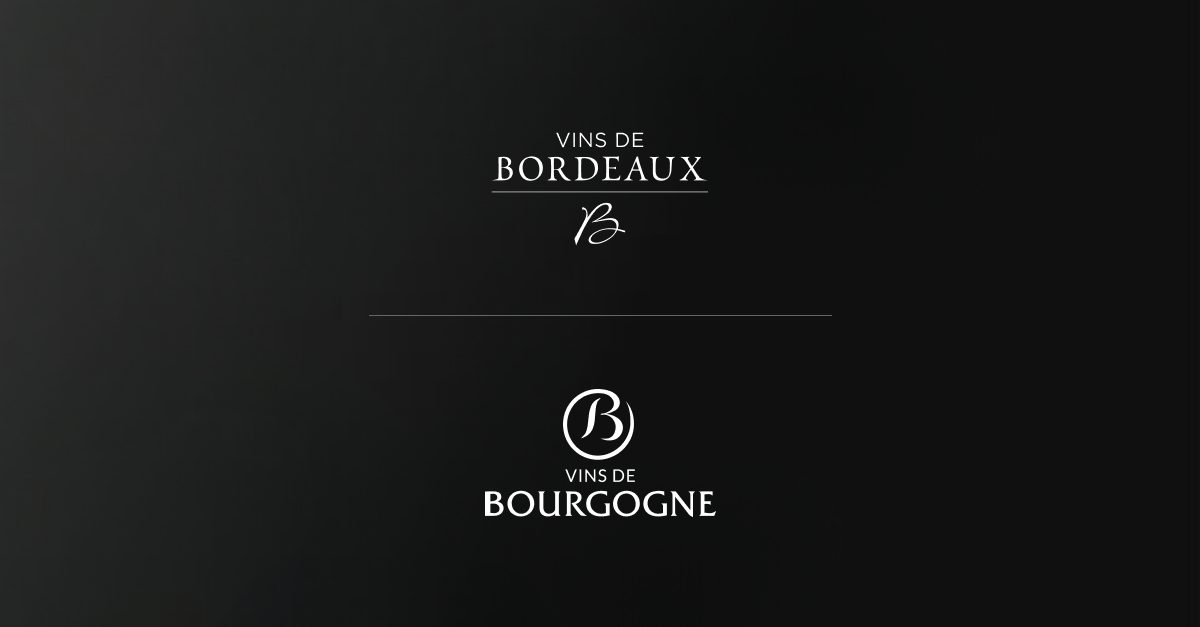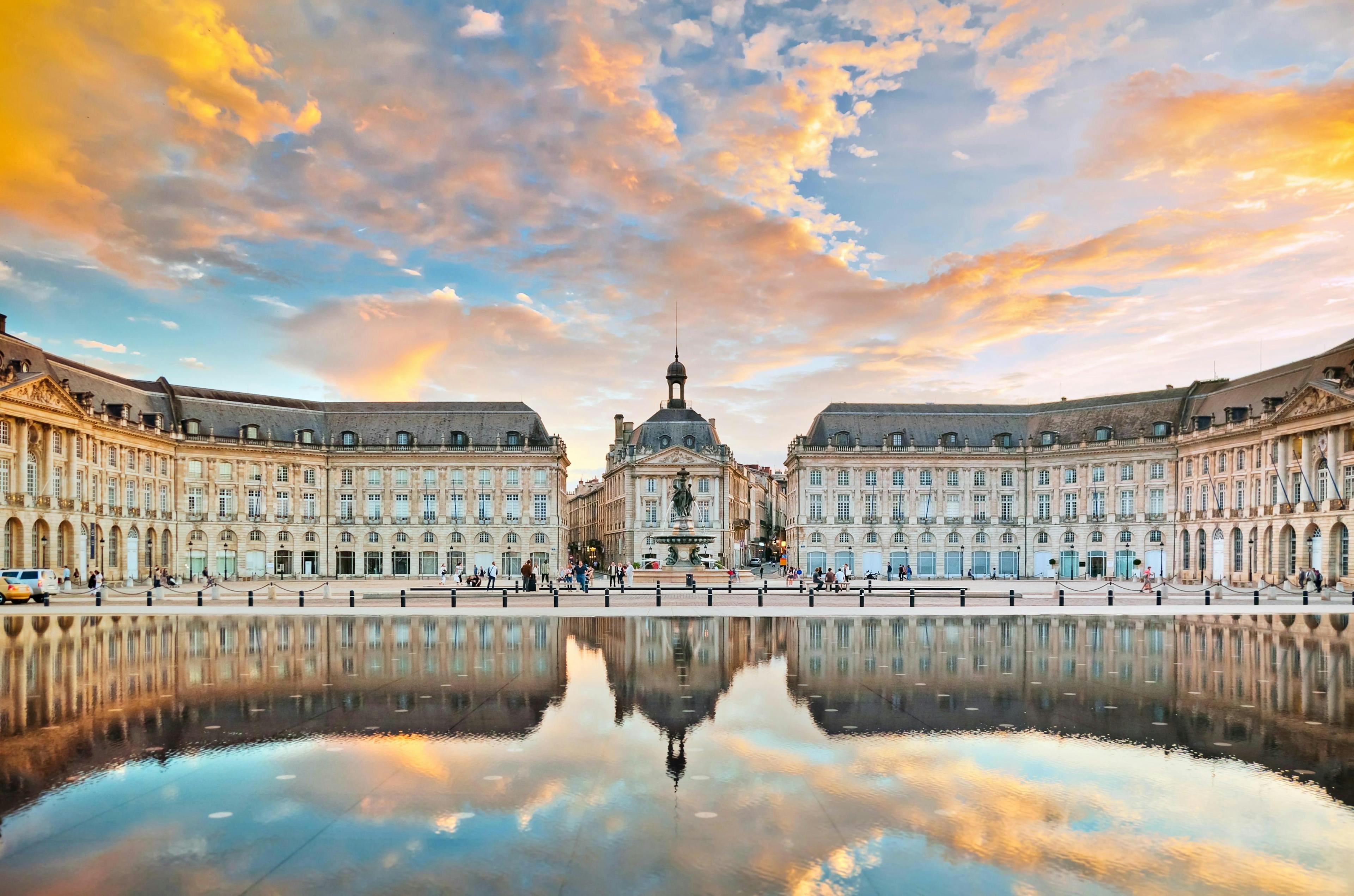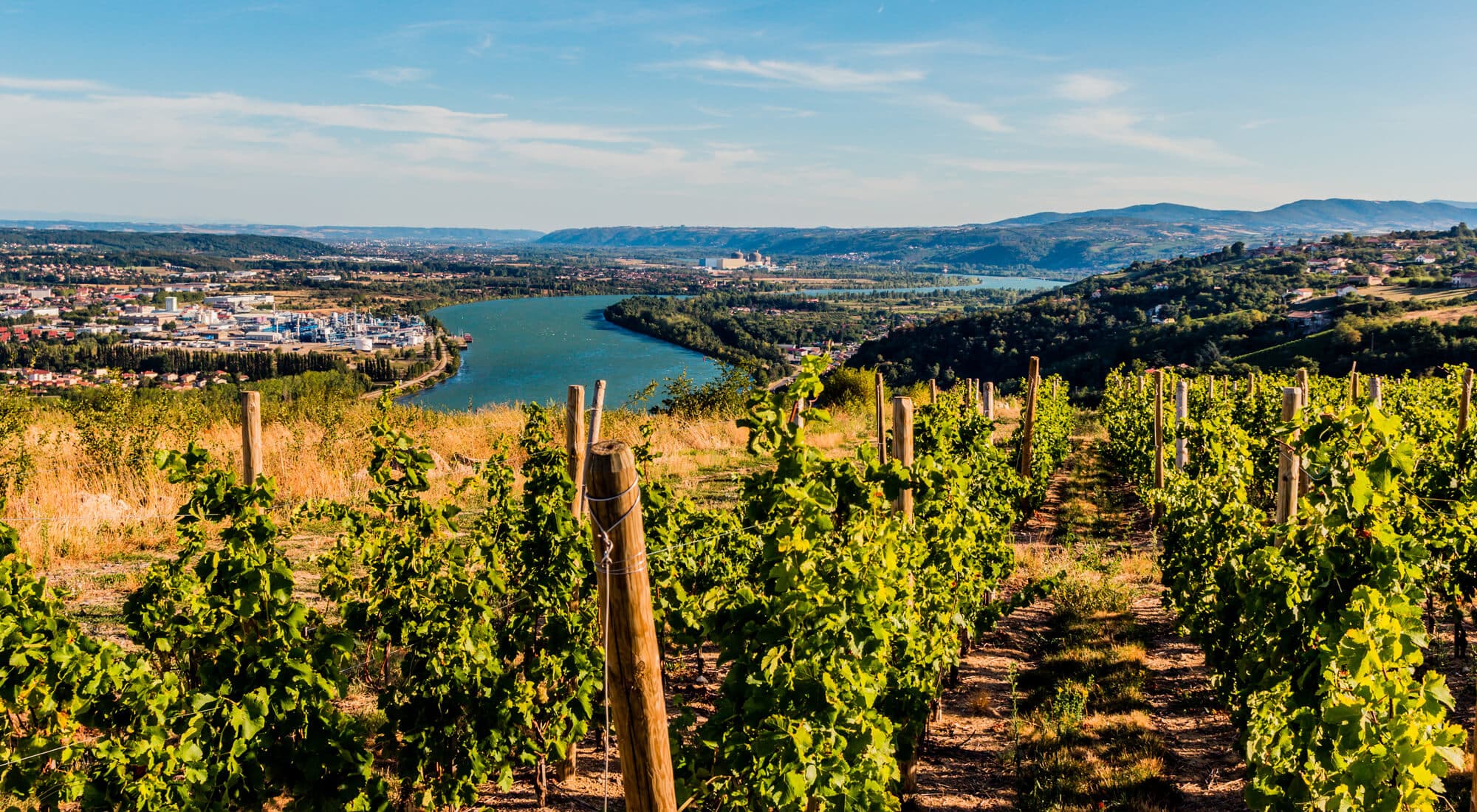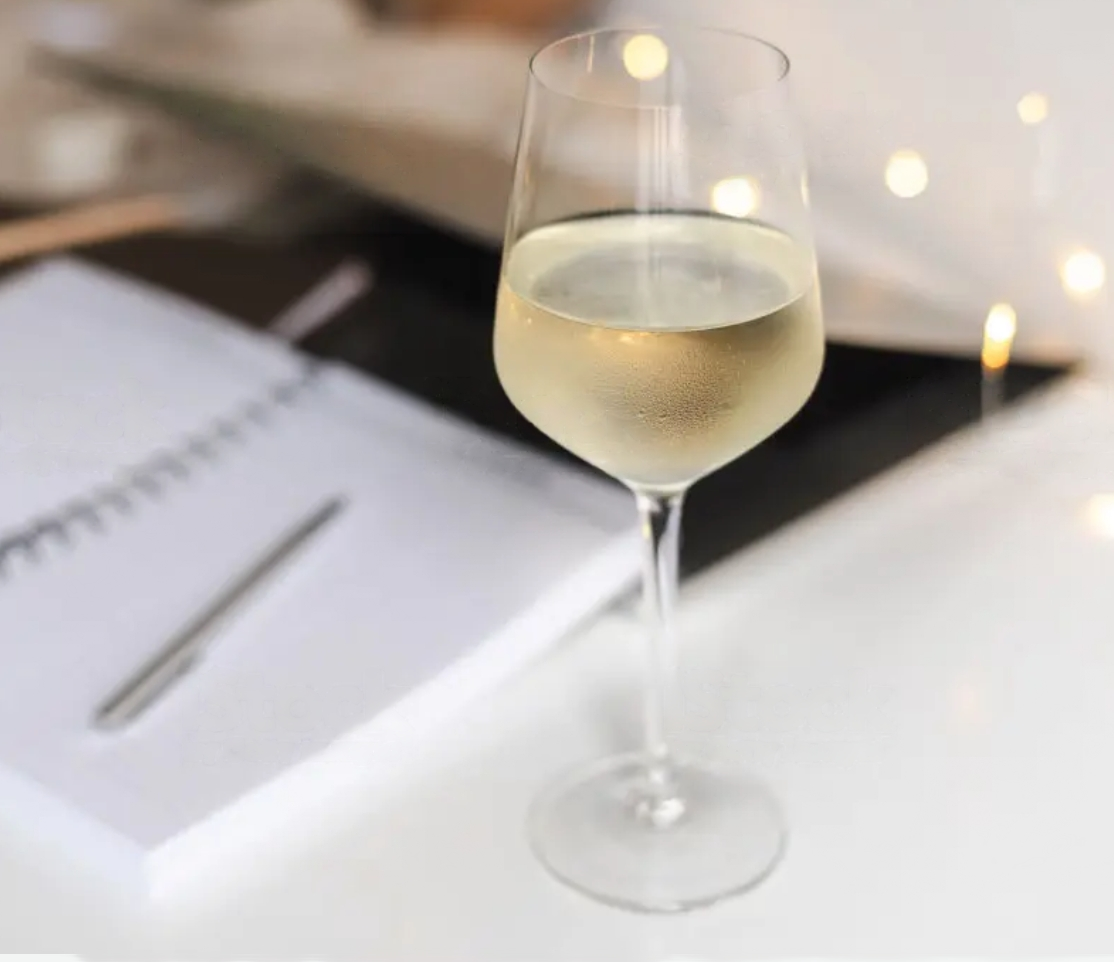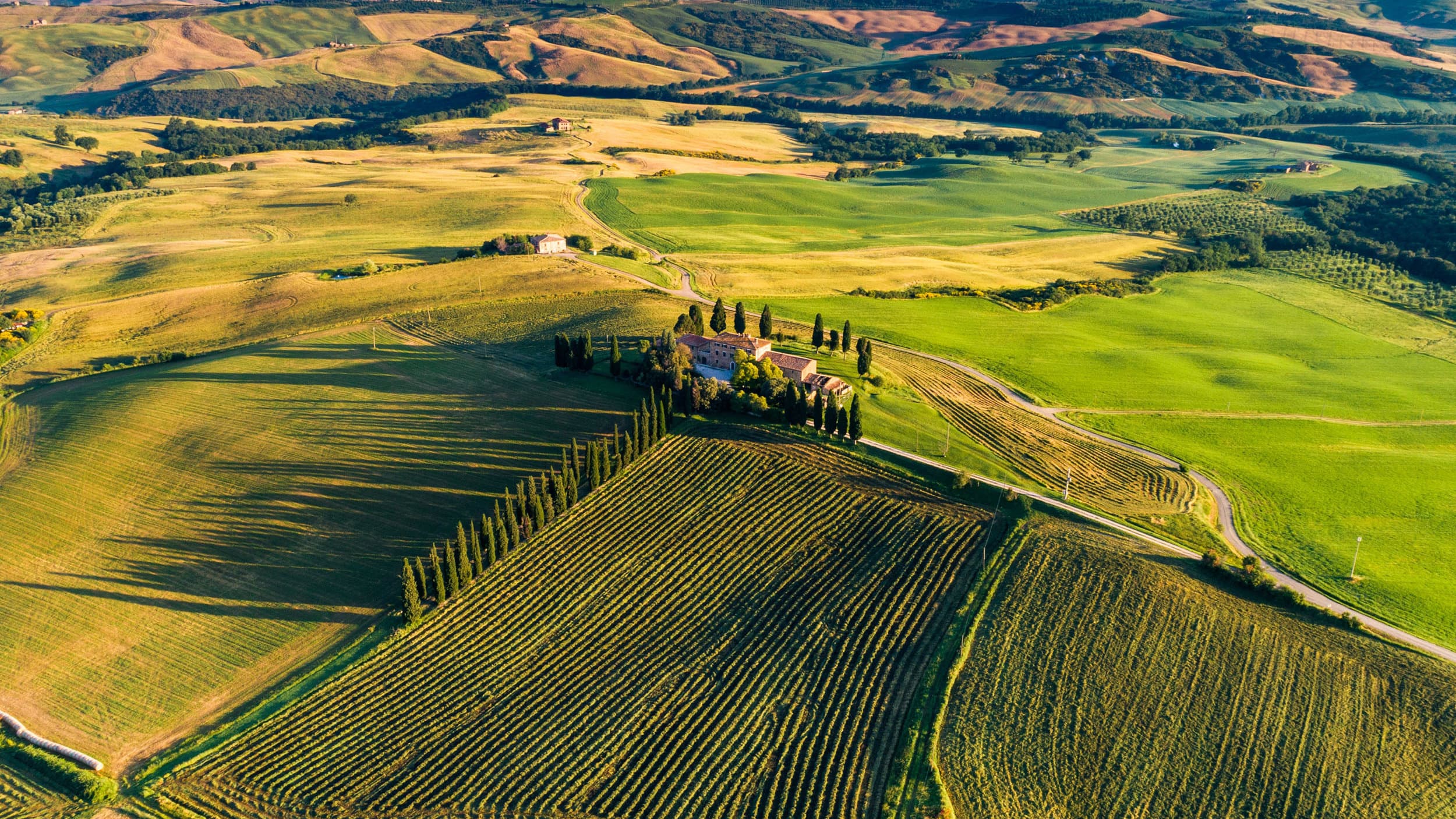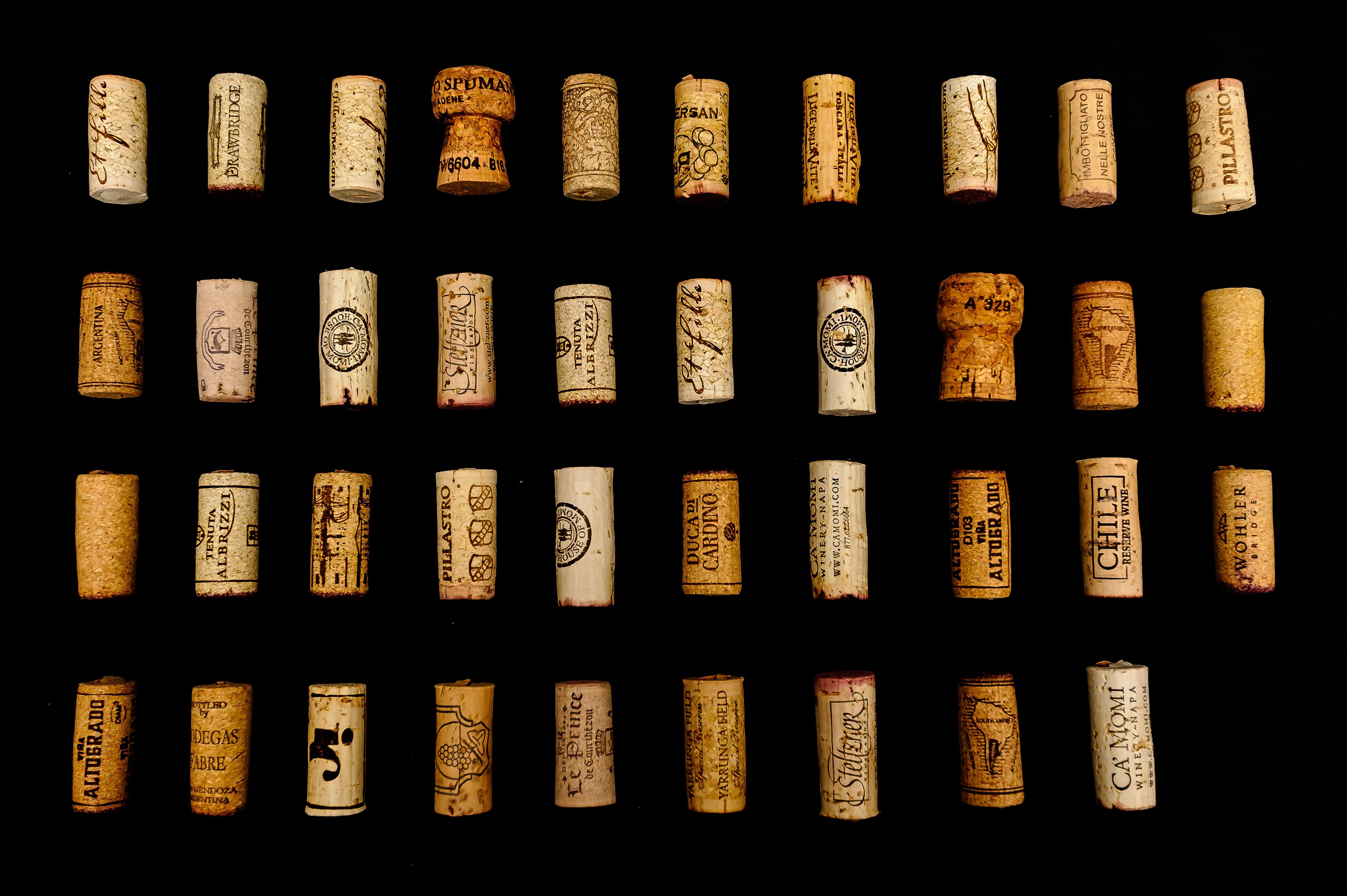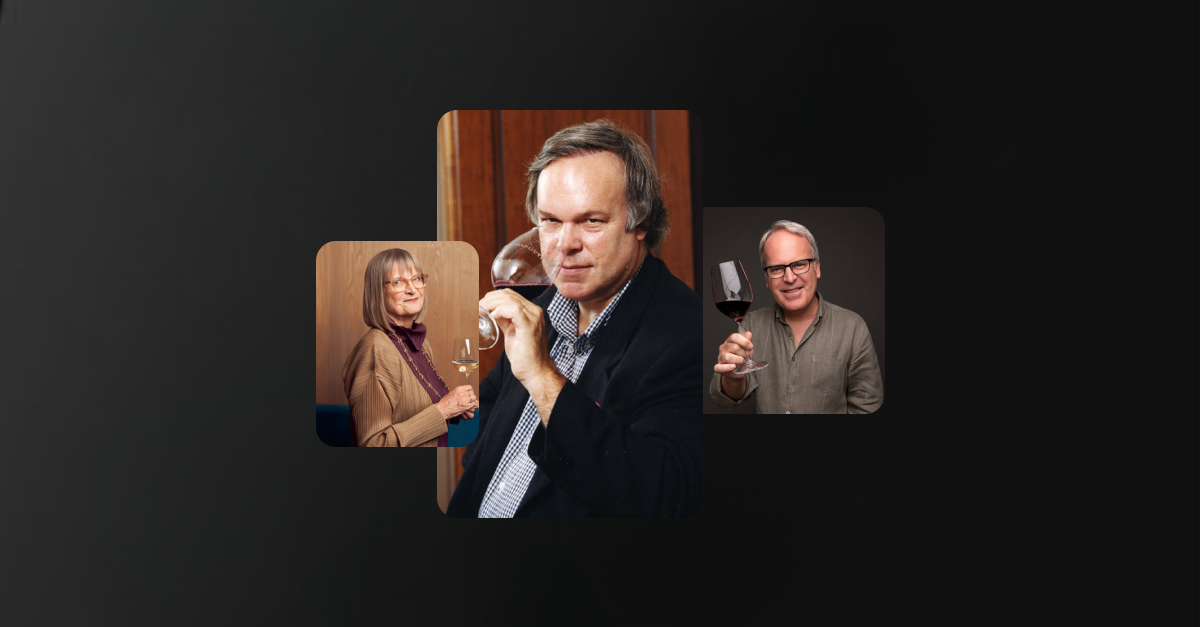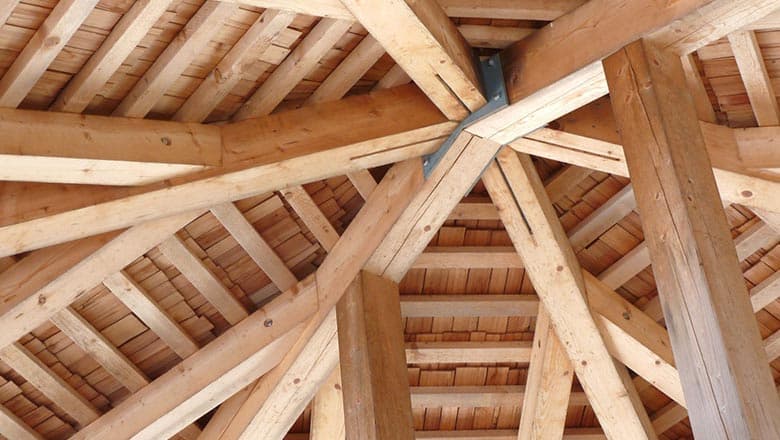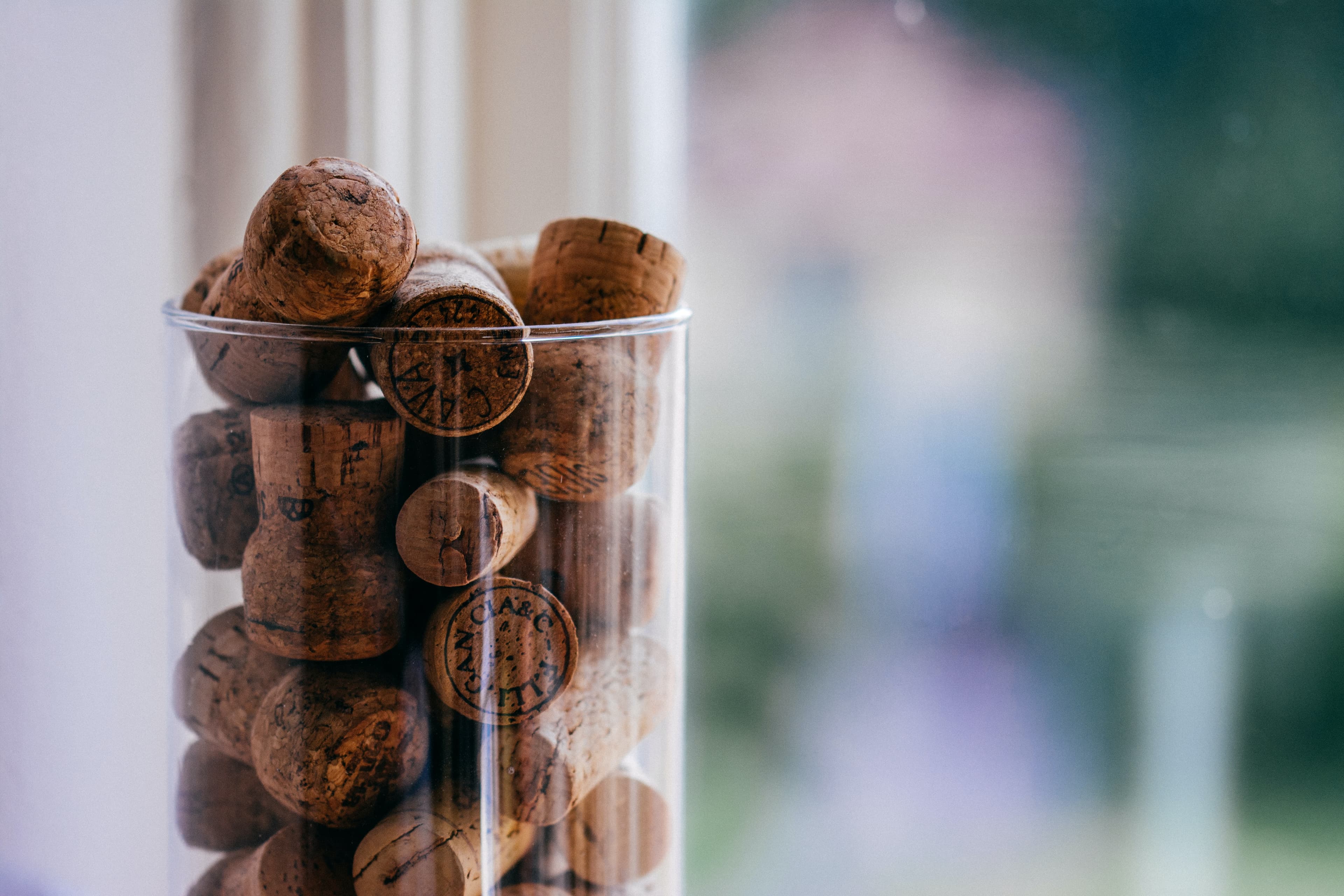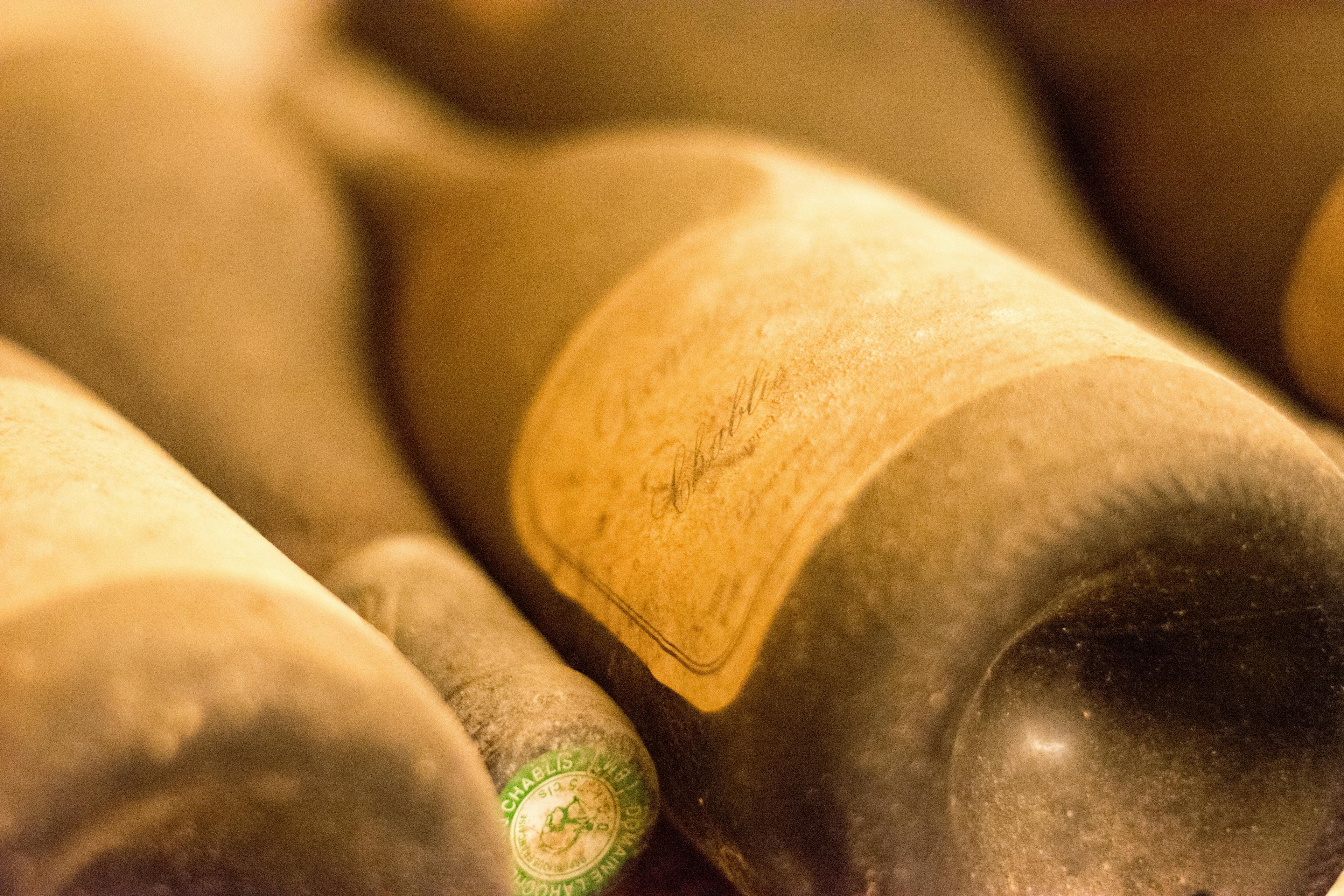How to Properly Serve Domaine Jean-Louis Chave
11 min read
Head of Content

Domaine Jean-Louis Chave represents a pinnacle of winemaking, revered for its exceptional expressions of Syrah and other varietals from the Rhône region. Understanding how to serve this prestigious wine can significantly enhance your tasting experience. From selecting the right temperature to choosing the appropriate glassware, each step is crucial in appreciating the complex flavors and aromas that Domaine Jean-Louis Chave offers. This guide will delve into the nuances of serving, ensuring that each sip reflects the wine's rich heritage and meticulous craftsmanship.
Understanding the Ideal Serving Temperature
Understanding the ideal serving temperature for Domaine Jean-Louis Chave wines is crucial for maximizing their flavor and aroma. Different popular vintages require specific temperatures to fully express their characteristics. Here are some guidelines:
Red Wines: Typically, serve these between 60°F and 65°F. This range helps to highlight the complexity and balance of the wine, ensuring that the tannins are smooth and not overly astringent.
White Wines: Best enjoyed when chilled slightly more, around 50°F to 60°F. Cooler temperatures preserve the freshness and acidity, making them more vibrant and refreshing on the palate.
Hermitage Reds: These robust wines benefit from being served at the upper end of the red wine temperature spectrum. A slightly warmer temperature helps to release the rich flavors and aromatic profile.
By adhering to these temperature guidelines, each sip of Domaine Jean-Louis Chave will offer the optimal experience, allowing the wine's true essence to shine through.
Decanting Domaine Jean-Louis Chave: When and Why?
Decanting Domaine Jean-Louis Chave is essential to enhance its flavors and aromas, particularly for the more robust vintages. The process of decanting serves two main purposes: it separates the wine from any sediment that may have formed, and it aerates the wine, allowing it to breathe and fully develop its complex profile. Typically, younger wines benefit from longer decantation times to soften their tannins, whereas older vintages might need just a short period to breathe.
When deciding whether to decant, consider the wine's age and character. For instance, a younger Hermitage Rouge might need up to two hours, while an older bottle could be perfect after just 30 minutes. Observing the wine's response to air can guide you in fine-tuning the decanting time.
Why decant? This process is not just about tradition or presentation; it genuinely enhances the drinking experience. By allowing the wine to interact with air, decanting helps to release the rich array of scents and flavors that Domaine Jean-Louis Chave is renowned for. This can significantly impact food pairings, making each sip perfectly complement the meal's components. Here are a few tips for optimal decanting:
Use a clean, dry decanter to avoid any unwanted flavors.
Pour slowly to ensure minimal disturbance to the sediment.
Allow the wine to rest after decanting, adjusting the time based on the wine's age and your taste preferences.
Selecting the Right Glassware for Optimal Enjoyment
Selecting the right glassware is crucial for enhancing the tasting experience of Domaine Jean-Louis Chave wines. The type of glass can significantly affect the aroma, flavor, and overall enjoyment of the wine. For reds, particularly the robust Hermitage, a large-bowled glass is ideal. This shape allows the wine to aerate, unlocking complex bouquets and softening tannins. Whites, such as the Hermitage Blanc, benefit from a slightly narrower glass, which concentrates the delicate floral and fruity aromas at the top of the glass, enhancing the wine's profile on the palate.
Temperature Matters: Ensure the glass is at room temperature before pouring. A too cold or warm glass can alter the wine's inherent qualities.
Cleanliness is Key: Any residue or odors in the glass can interfere with the pure expression of the wine. Always use a clean glass to fully appreciate its nuances.
Pouring Technique: To aerate the wine further, pour it so that it hits the center of the glass, allowing it to breathe more effectively.
For more detailed guidance on how to store Domaine Jean-Louis Chave wines to preserve their quality, visit our dedicated section.
The Role of Aeration in Enhancing Flavors
Aeration plays a crucial role in enhancing the flavors of Domaine Jean-Louis Chave wines. When wine is exposed to air, it undergoes oxidation and evaporation. This process helps in softening the tannins and releasing aromatic compounds that are otherwise subdued. For wines like Domaine Jean-Louis Chave, which are known for their complexity and depth, aeration allows subtler notes to emerge, enriching the overall taste.
Decanting: Pouring the wine into a decanter at least an hour before serving can significantly improve its flavor profile. This method is especially beneficial for older vintages, which might have developed sediment over time.
Using an Aerating Tool: For a quicker aeration, tools like aerators can be used. These devices increase the wine's exposure to air as you pour, making it more practical for casual settings or when time is limited.
Swirling the Glass: Simply swirling wine in the glass can also introduce enough air to change its characteristics slightly. This method is ideal for tasting and comparing different wines in succession.
Each of these techniques can help in unveiling the full spectrum of flavors in Domaine Jean-Louis Chave wines, making the drinking experience more enjoyable and immersive.
Serving Order: Young to Old Vintages
When hosting a wine tasting that features Domaine Jean-Louis Chave, the sequence in which you serve the wines can significantly enhance the experience. It is generally recommended to arrange the tasting from younger to older vintages. This approach allows the palate to appreciate the evolution of complexity and depth that develops over the years in these exquisite wines.
Start with the Youngest: Begin the tasting with the most recent vintage available. Younger wines are typically lighter and fresher, providing a baseline of the vineyard's character and terroir.
Progress Gradually: Move next to wines that are slightly older, allowing guests to detect subtle changes and developments in flavor and aroma. This gradual progression helps in building anticipation and deeper appreciation.
Highlight the Mature Vintages: Conclude with the oldest vintages. These wines, having benefited from years of aging, offer a more complex and nuanced profile, showcasing the pinnacle of what the winemaker has achieved.
By carefully planning the serving order, you ensure that each guest leaves with a profound understanding and enjoying the true craftsmanship behind Domaine Jean-Louis Chave wines.
Pairing with Food: Tips and Tricks
When considering the characteristics of Domaine Jean-Louis Chave wines, food pairing becomes an art form. These wines, known for their complexity and depth, pair wonderfully with a variety of dishes. Here are some tips and tricks to enhance your culinary experience:
Rich Meats: The robust flavors of Hermitage reds are a perfect match for hearty meat dishes. Think along the lines of lamb shanks, beef stews, or grilled steak. These meats complement the structured tannins and rich fruit notes in the wine.
Earthy Vegetables: For a vegetarian option, opt for earthy vegetables like mushrooms or root vegetables. These ingredients bring out the earthy notes in the wine, creating a harmonious blend on the palate.
Aged Cheeses: A platter of aged cheeses, especially those with a bit of sharpness, can elevate the subtle spicy and smoky notes of the wine. Cheeses like Gruyère or aged Cheddar are excellent choices.
Spicy Dishes: Contrary to popular belief, a slight spice in dishes like Moroccan lamb or Indian curries can work well with the peppery undertones of the wine, offering a delightful contrast.
By carefully selecting dishes that align with the wine’s profile, you ensure a memorable dining experience that highlights both the food and the wine.
Portion Control: How Much to Pour
When serving Domaine Jean-Louis Chave, portion control is crucial to fully appreciate its quality and complexity. Typically, the ideal pour for a red wine like those from Domaine Jean-Louis Chave is about 5 ounces. This amount allows the wine to breathe in the glass, enhancing its aromas and flavors for a better tasting experience. Here are some guidelines to ensure you pour the perfect amount:
Use the Right Glass: Opt for a standard wine glass which helps in measuring the pour visually.
Fill to the Widest Part: Aim to fill the glass to its widest point, which usually represents about a third of the glass. This level is often perfect for allowing the wine to aerate.
Consider the Occasion: If you're tasting multiple wines, consider pouring less, about 2 to 3 ounces, so you can enjoy a variety without overindulging.
Check the Guests' Preferences: Some might prefer less or more, so it’s good to ask before pouring.
For more detailed facts about Domaine Jean-Louis Chave, including its history and wine-making process, ensure to visit the dedicated section.
Timing: When to Open Before Serving
Understanding the optimal timing for opening a bottle of Domaine Jean-Louis Chave is crucial to fully appreciate its craftsmanship. This prestigious wine, known for its depth and complexity, benefits greatly from being allowed to breathe before serving. Here are some guidelines to ensure you experience its full potential:
Vintage Variation: Older vintages generally require more time to open up. For a wine that's over 10 years old, consider decanting it at least two hours before serving.
Room Temperature: Serve the wine at room temperature to best release its aromas and flavors. If it has been stored in a cooler environment, let it adjust to room temperature gradually.
Decanting: Decanting not only helps in aerating the wine but also removes any sediment that might have formed over the years. This is especially important for older vintages.
Tasting Notes: Pay attention to the tasting notes provided by the winery or experts. They often include recommended breathing times tailored to the specific characteristics of the wine.
By following these steps, you ensure that each glass reflects the true essence and intricate details intended by the winemaker.
Handling Older Vintages with Care
Handling older vintages of Domaine Jean-Louis Chave requires a delicate touch and an understanding of the history behind these esteemed wines. When preparing to serve these aged treasures, several key steps ensure the wine's integrity and flavor are preserved:
Temperature Control: Store the wine in a cool, stable environment until it is time to serve. Ideal temperatures range from 12°C to 14°C. Abrupt changes can adversely affect the wine’s structure and taste.
Decanting: Older vintages often benefit from decanting to separate the wine from any sediment that has formed over the years. This process also allows the wine to breathe, enhancing its aromatic profile.
Proper Glassware: Use appropriate glassware that complements the wine's age and character. Typically, a larger, more open glass helps concentrate the complex aromas of an older vintage.
Serving: Pour gently to avoid disturbing any sediment. It's also advisable to let the wine sit in the glass for a few minutes before enjoying, to fully appreciate its depth and nuances.
By following these guidelines, enthusiasts can experience the full spectrum of flavors and aromas that Domaine Jean-Louis Chave’s older vintages have to offer.
Presentation: Enhancing the Experience
When serving Domaine Jean-Louis Chave, presentation plays a crucial role in enhancing the overall tasting experience. Begin by selecting the appropriate glassware. For reds, opt for a larger, rounder bowl that allows the wine to breathe and fully release its complex aromas. Whites, on the other hand, are best served in narrower glasses to concentrate the delicate floral and fruity scents.
Temperature is another key factor. Reds should be served slightly below room temperature, around 16-18°C (60-65°F), to highlight their rich flavors without exaggerating the alcohol. Whites are best enjoyed chilled, between 8-12°C (46-54°F), to maintain their crispness and acidity.
Decanting is advisable for older vintages of Domaine Jean-Louis Chave, particularly the reds. This process not only removes sediment but also aerates the wine, unlocking deeper flavors and aromas. Allow the wine to decant for at least an hour before serving.
Finally, consider the setting. Use elegant, understated decor to complement the prestige of the wine. Soft lighting and minimal background noise can enhance guests' focus on the wine's qualities, making the tasting experience more intimate and memorable.
Conclusion
In conclusion, serving Domaine Jean-Louis Chave at its best involves more than just the right temperature and decanting techniques; it's about creating an experience that honors the wine's prestigious heritage and intricate flavor profiles. By following the guidelines outlined—such as ensuring the wine is served at the optimal temperature, using the appropriate glassware, and considering a decanting process—you can enhance the enjoyment and appreciation of this exquisite wine.
At Rekolt, we understand that the journey of a fine wine doesn’t end at purchase. For enthusiasts looking to not only enjoy but also invest in wines like Domaine Jean-Louis Chave, our marketplace offers a unique delivery option. This includes the ability to store your wines in a professional cellar, where they are kept under ideal conditions to preserve their quality and value. This service not only ensures that your wine matures perfectly but also provides a seamless platform for resale and trading, making Rekolt a comprehensive solution for wine lovers and investors alike.
By choosing Rekolt for your fine wine needs, you're not just buying a bottle; you're securing a part of wine history, with the added peace of mind that comes from knowing your investment is well cared for until the moment it’s ready to be enjoyed or sold. Whether you're a seasoned collector or a new enthusiast, Rekolt’s services are designed to enhance your experience with each bottle, including the revered Domaine Jean-Louis Chave.
Share this article
